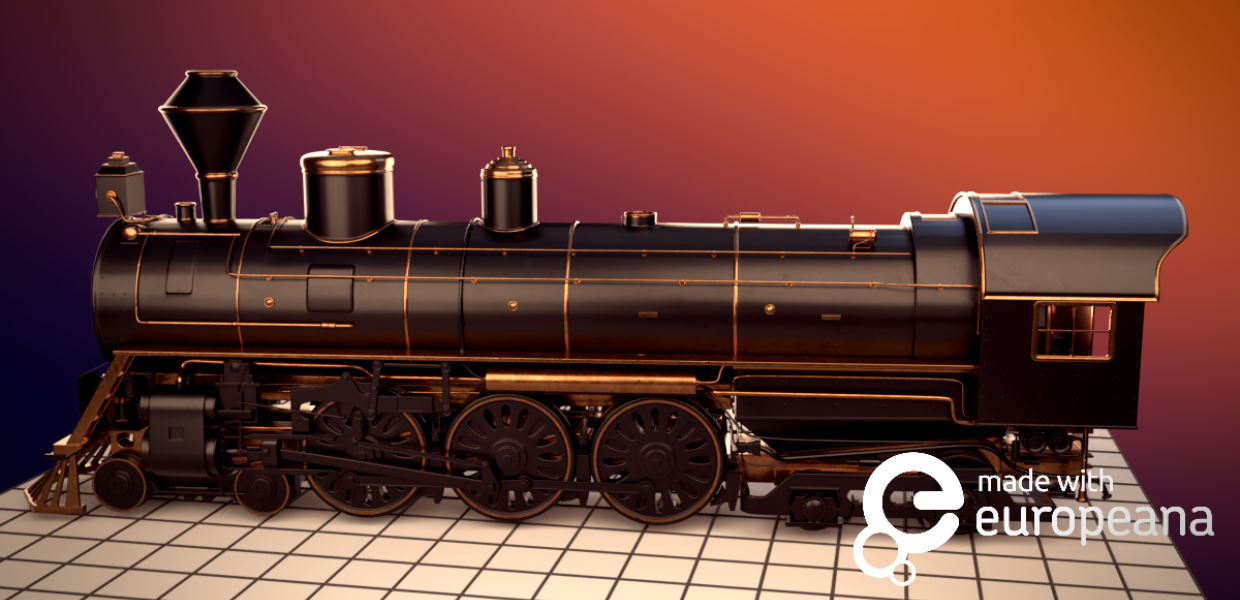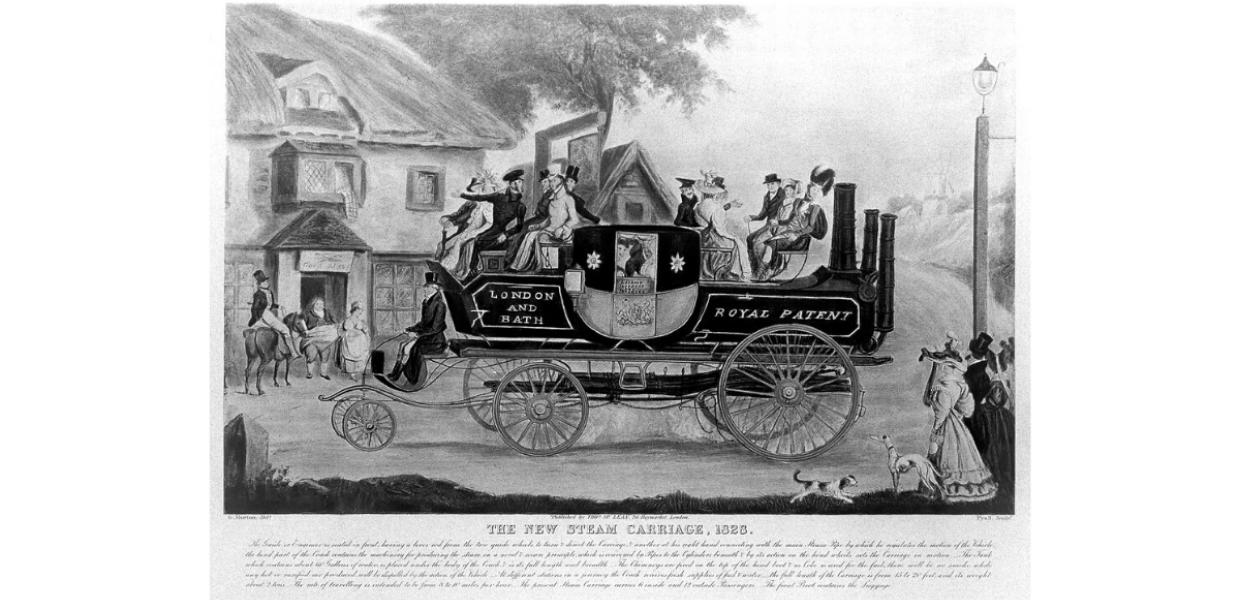How do these videos support students’ learning?
It is difficult for students to learn and internalise concepts that they cannot visualise. I was always bad at remembering formulas and equations, but once I had an image in my mind for what was physically happening, I could derive the equation. These videos help by providing visuals for concepts taught in school, especially concepts that are too small to see and nearly impossible to draw on a whiteboard.
How did winning the Europeana STEM Challenge contribute to your Youtube channel’s development?
Winning the Europeana STEM challenge has expanded the scope of the videos I make. Before the challenge, I focused on videos detailing the inner workings of smartphones to advance students’ understanding of speakers and sound. Winning this challenge inspired me to study steam engines, and after a few more videos on smartphones, I plan to produce more videos on steam and the physics related to temperature and gases.
Winning the Europeana STEM challenge has also helped me to broaden my European audience. Until now, my audience on YouTube has predominantly been from India and the US. However, as these two videos explore aspects of European history, European viewers will have a vested interest in watching them to learn about their own history and engineering.
Do you have future plans for Branch Education and video development?
Yes, there are a lot of videos in the pipeline. The next episodes focus on printed circuit boards and quantum computers. Following those, I'll get back to doing videos on temperature - including a short video on my favourite method for cooling down my morning tea, and why it is effective. There is also a plan to work with some local science teachers to develop an activity on dissecting smartphones. In addition to dissecting frogs or mice in biology, I hope that one day all students will also dissect smartphones to learn about engineering.



